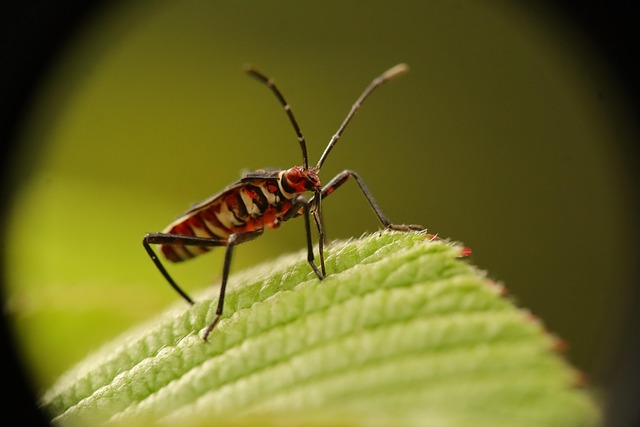Bed bug heat treatment is a non-toxic, efficient method using precise temperature control (120°F – 150°F or 49°C – 66°C) to eliminate bed bugs and their eggs in all stages of development. Ideal for sensitive environments, it's safe for humans and pets, minimizes damage to belongings, and prevents resistance. Key preparation steps include vacuuming, sealing items, washing bedding in hot water, and communication with professionals about your home's layout. Mistakes to avoid include leaving loose items and improper temperature control. Post-treatment, maintain a clean space, seal entry points, and implement pest management systems to prevent reinfestation. Case studies show its success in metropolitan apartment complexes and family-run bed and breakfasts.
“Discover an effective, non-toxic solution to combat bed bugs with bed bug heat treatment—a game-changer in pest control. This comprehensive guide explores the science behind this innovative method, its numerous benefits over conventional approaches, and step-by-step instructions for successful implementation.
Learn about the preparation process, common mistakes to avoid, and post-treatment maintenance tips. Additionally, real-life case studies showcase the success of bed bug heat treatment, offering valuable insights for both professionals and homeowners seeking a lasting solution.”
Understanding Bed Bug Heat Treatment: A Non-Toxic Approach

Bed bug heat treatment is a non-toxic, effective method for eliminating these persistent pests. It involves raising the temperature in infested areas to levels that are lethal for bed bugs, typically between 120°F and 150°F (49°C to 66°C). This process is designed to kill all stages of bed bug development, from eggs to adults, without resorting to harmful chemicals. Heat treatment is particularly useful in hard-to-reach areas and corners where pesticides might not effectively penetrate.
Unlike traditional pest control methods that can leave behind residual chemicals, bed bug heat treatment ensures a clean and safe environment post-treatment. It’s ideal for sensitive spaces like homes, schools, and hospitals. The process is usually conducted by professionals who use specialized equipment to evenly distribute heat throughout the affected zones, minimizing damage to personal belongings and structures while effectively eradicating bed bugs.
How Bed Bug Heat Treatment Works: The Science Behind It
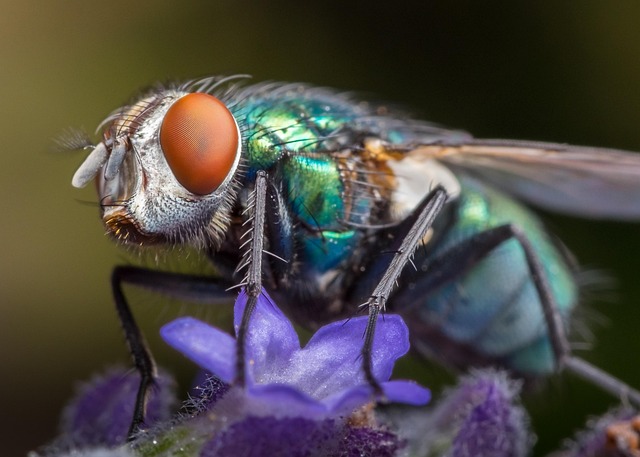
Bed bug heat treatment is a highly effective and non-toxic method that utilizes precise temperature control to eliminate bed bugs and their eggs. The science behind this process lies in the fact that bed bugs, like many other pests, have specific thermal tolerances. Heat treatment involves raising the temperature to levels that are fatal for these insects, typically above 120°F (49°C). At such temperatures, bed bugs cannot survive or reproduce, making it a swift and comprehensive solution.
The process often involves specialized equipment that heats rooms or affected areas evenly, ensuring that every nook and cranny is reached. This targeted approach minimizes the risk of damage to personal belongings compared to traditional methods. Additionally, heat treatment is particularly useful for dealing with hard-to-reach areas, cracks, and crevices where bed bugs may hide, as the heat penetrates these spaces effectively.
Benefits of Using Bed Bug Heat Treatment Over Conventional Methods

Bed bug heat treatment offers several significant advantages over conventional methods, making it a preferred choice for many pest control professionals. One of its key benefits is efficiency and speed. Heat treatments use precisely controlled temperatures to kill bed bugs at all stages of their life cycle—eggs, nymphs, and adults—in one targeted session. This thoroughness ensures that no hidden or surviving bed bugs can re-infest the space after treatment.
Another advantage is its non-toxic nature, making it safer for both humans and pets compared to insecticides. Bed bug heat treatment uses hot air to raise the ambient temperature in infested areas above 120°F (49°C), which is deadly to bed bugs but leaves most fabrics and belongings unharmed. This method also eliminates the risk of resistance development, a common issue with chemical pesticides, ensuring long-lasting protection against bed bug re-infestation.
Preparing Your Home for Bed Bug Heat Treatment
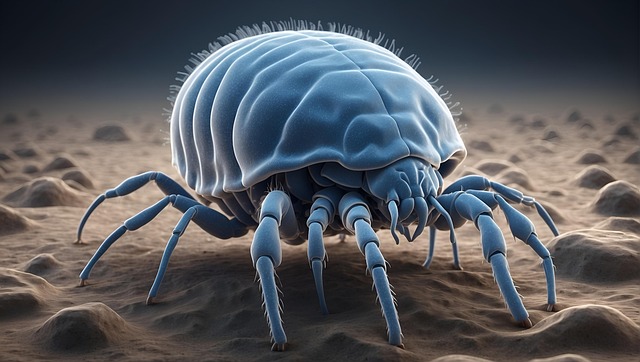
Before undergoing a bed bug heat treatment, thorough preparation is key to ensuring the process is effective and minimizes disruption to your home. Start by vacuming extensively, focusing on areas where bed bugs are suspected or known to exist—including mattresses, furniture, carpets, and baseboards. Empty all trash cans and ensure they are sealed tightly. Remove any valuable items that could be damaged during treatment from the rooms being treated, and move large pieces of furniture away from walls to facilitate thorough heating.
Additionally, wash all bedding, curtains, and clothing in hot water (at least 120°F/49°C) and dry them on high heat for at least 30 minutes to kill any eggs or nymphs. Dispose of infested items, such as mattresses, if they cannot be properly cleaned and treated. Communicate openly with the pest control professional about your home’s layout, any areas that are difficult to access, and specific concerns you may have regarding the heat treatment process, ensuring a successful outcome in eliminating bed bugs.
Step-by-Step Guide to Conducting a Bed Bug Heat Treatment
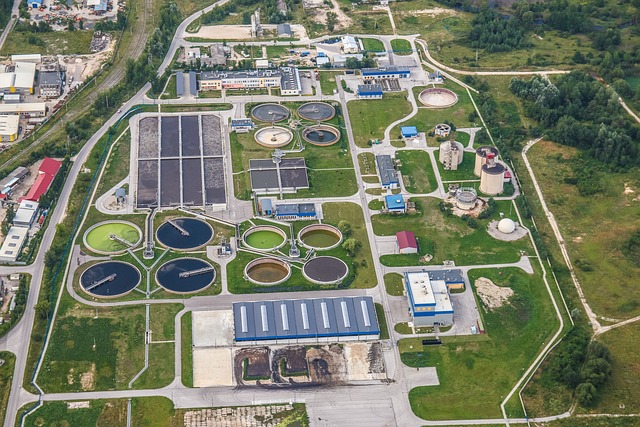
A bed bug heat treatment is a highly effective method for eliminating these persistent pests from your home. Here’s a step-by-step guide to ensure success:
1. Preparation: Vacuum the affected areas thoroughly, removing any visible bed bugs or eggs. Empty vacuum bags immediately into sealed plastic bags and dispose of them outdoors in a trash can with a tight lid. Remove all bedding, furniture, and loose items from the room. Crack open drawers and doors to ensure thorough exposure to heat.
2. Heat Application: Use professional-grade heating equipment designed for bed bug heat treatments. Maintain a consistent temperature between 120°F – 150°F (49°C – 66°C) for at least 2 hours. This range ensures the destruction of all life stages, from eggs to adults. Place the heat source strategically, focusing on areas where bed bugs hide—seams, crevices, and corners. Use thermometers to monitor temperature and ensure even heating throughout the room.
Common Mistakes to Avoid During Bed Bug Heat Treatment
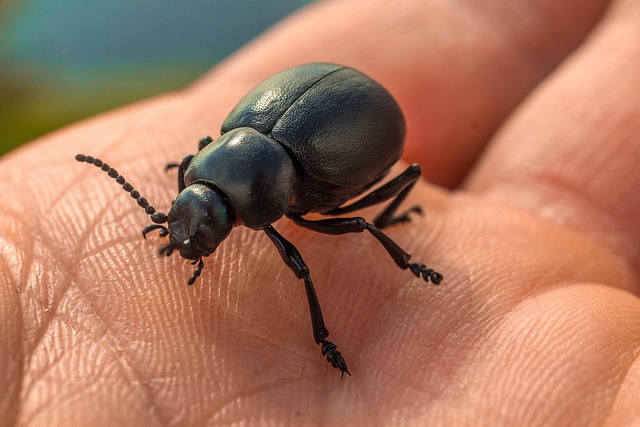
During bed bug heat treatment, several common mistakes can undermine the effectiveness of the process and lead to recurrences. One of the most frequent errors is insufficient preparation. Before initiating heat treatment, thoroughly clean and declutter all affected areas. Remove loose items like curtains, cushions, and furniture covers, as bed bugs thrive in these hiding places. Failure to do so may leave behind havens for the pests, making treatment less efficient.
Another mistake to avoid is improper temperature control. Bed bug heat treatment requires precise temperature management, typically between 120-150°F (49-66°C). Temperatures outside this range might not kill the bugs or their eggs. Moreover, moving furniture too quickly during treatment can block heat penetration, leaving some areas untreated. Always follow professional guidelines for timing and placement to ensure a successful bed bug heat treatment process.
Maintenance and Prevention After Bed Bug Heat Treatment

After undergoing a bed bug heat treatment, proper maintenance and preventive measures are crucial to ensure that the pests do not return. Regular cleaning is essential; vacuum frequently and launder bedding and fabrics at high temperatures to kill any remaining eggs or nymphs. It’s also important to seal gaps in walls, floors, and furniture to prevent new infestations.
Consider implementing a pest management system that includes regular inspections and proactive treatments. Using bed bug traps and monitoring kits can help identify any recurring issues early on. Additionally, maintaining a clean living environment, avoiding hoarding, and being vigilant about suspicious bites or signs of activity are key to preventing future bed bug heat treatment needs.
Case Studies: Successful Bed Bug Heat Treatment Stories
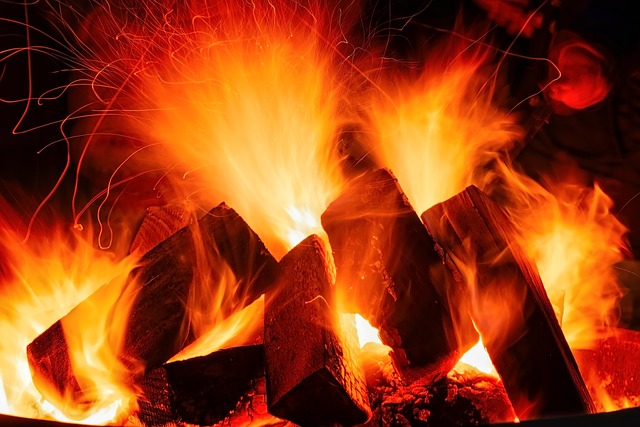
Bed bug heat treatment has proven to be a game-changer in effective pest control. Many successful case studies highlight its potency, especially when traditional methods fail. One such instance involves a metropolitan apartment complex plagued by bed bugs for years. After trying various insecticides with little success, they opted for heat treatment. The process involved heating the affected areas to temperatures above 140°F (60°C), eliminating all stages of bed bug development. Within days, the once bustling labyrinthine residence was free of bed bugs, leaving residents relieved and satisfied.
Another compelling story comes from a family-run bed and breakfast, where a severe bed bug infestation had set in. Traditional treatments didn’t offer lasting solutions. They decided on a comprehensive heat treatment plan, focusing on all corners of the historic building. The process required meticulous planning to avoid damage to furnishings and decor. However, the results were remarkable. Not only was the bed bug population eradicated, but the heat treatment also left no chemical residue, ensuring a safe environment for guests. This successful bed bug heat treatment served as a testament to its effectiveness and safety in various settings.
